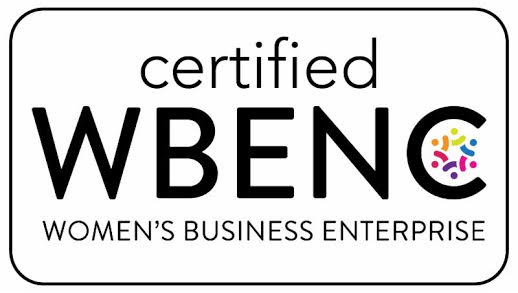In September, Kim Seals wrote an article called “Can you Identify the Critical Roles in your Organization?”. It got me thinking about the answer to that question and wondering what roles are often overlooked or undervalued in the process.
Oftentimes, the most critical roles may not be out in front. Sales and executives spend the most time in front of customers and are pretty easy to identify; however, when it comes time for rewards, decisions, or a restructuring, and when you’re under pressure to make a call, not being able to identify those positions that drive the most value can mean the difference between success and failure – or at the very least negatively impact your bottom line.
Every business is different, of course, but the following seven roles/areas often create outsized value when it comes to driving growth and profitability in the organization, though they may not get the credit they deserve. So, if you are trying to identify the critical roles in your organization, here are some places to start – not in any particular order.
1. Customer Success Managers
Customer Success Managers (CSMs) are the frontline account team ensuring an organization’s customers are satisfied and that they renew their contracts. They are responsible for growing revenue with existing customers, which is where the most efficient gains originate since the sales process is often significantly reduced.
These individuals are the glue that holds customer relationships together. They orchestrate events across the customer channel working with sales, marketing, customer service, product management and support teams to make sure everything goes smoothly. Most importantly, CSMs are the voice of the customer, ensuring that their needs are met in a way that both the organization and its customers win.
2. Sales Administrators
Sales Administration is about connecting the dots between sales and marketing efforts. Sales Administrators understand how to sell the product at a price point that will make the organization successful and benefit the client.
These are the people that help mobilize the sales force and make sure deals get closed – quickly and efficiently. Having competent people to facilitate the nitty-gritty of contracts and help organizations book revenue faster and grow their businesses is critical to sales success.
3. Communications Leads/Change Agents
Change and Communications resources have been very busy in 2020. These workers have been critically important in communicating and managing rapid changes with employees and customers during the global crisis. They work with leadership and HR to determine how the organization builds a community from within and communicates with customers, partners, and other stakeholders to move the agenda forward.
Communications leaders determine how an organization addresses the market and its own people. During times of critical change, communications and change leaders are the people who can help smooth over difficult situations and rally employees and customers behind a shared vision. They work in concurrently to understand and share an organization’s culture with the rest of the world, bringing everyone together.
4. Software Developers and Engineers
Whether it is an indispensable software developer or product engineer, organizations should look to the technical roles that drive performance in critical parts of the business. Retaining these people can help an organization maintain and grow its competitive edge.
Highly skilled developers and engineers will be in demand in any field. An organization runs the risk of losing its ability to innovate quickly if it does not have a plan for keeping its top technical talent during times of change such as mergers, acquisitions, or organizational restructuring.
5. Data Scientists
Organizations are collections of data. Data scientists use that collection to glean useful insights for critical business decision making. These insights from historical data, enable the business to look forward and compare themselves to their competition, analyze market changes and determine where and when their products or services sell best. They can also help the organization look internally at their delivery and sales models and areas where efficiency in process can mean big dollars to the bottom line.
Excellent data scientists can build predictive models that help organizations understand what is happening now and what future is emerging. Familiarity with the data takes time and understanding how to use the data in a meaningful way for your organization is paramount.
6. Product Managers
These rising stars are the people who run the product lines and drive future business success. While it is easier to focus on the head of product, great product managers can exponentially impact an organization and its performance.
Often working in cross-functional teams, product managers can rally engineering and marketing talent to work toward a common goal. They provide the vision of where an organization wants to go and how to get there – the quicker the better.
7. Risk Managers
Understanding the risks an organization faces and how to mitigate them is essential in turbulent times. That said, organizations can improve their triple bottom line (TBL) – social, environmental, and financial – year-round with the right risk management planning.
Excellent risk managers go beyond regulatory compliance and foster a culture that looks to not only control volatility throughout an organization but to innovate and create greater business value. To be sustainable in the twenty-first century, organizations should focus on the continuous improvements and potential opportunities that risk managers can help design.
When HR leaders lock in on the roles that make a company run and support leaderships’ ability to make good decisions, organizations can adapt more quickly to an evolving economic environment and anything else the world decides to throw at them.


